How Do Step Up Rings Work ?
Step-up rings are used in photography to allow the attachment of filters or lens accessories with a larger diameter to a lens with a smaller diameter. They work by screwing onto the front of the lens and providing a larger filter thread size. This allows the user to attach filters or accessories that have a larger thread size than the lens itself. Step-up rings are typically made of metal and have threads on both ends, with one end attaching to the lens and the other end accepting the larger filter or accessory. By using step-up rings, photographers can save money by purchasing filters or accessories in a larger size and using them on multiple lenses with different thread sizes.
1、 Definition and Function of Step-Up Rings in Photography
Step-up rings are essential accessories in photography that allow photographers to use filters or lens attachments with different thread sizes on their lenses. These rings are threaded on both sides, with one side fitting onto the lens, and the other side accommodating the filter or attachment.
The primary function of step-up rings is to bridge the gap between lenses and filters with different thread sizes. For example, if a photographer has a lens with a 52mm thread size and wants to use a filter with a 67mm thread size, they can attach a step-up ring with a 52mm male thread and a 67mm female thread onto their lens. This allows them to then attach the 67mm filter onto the step-up ring.
Step-up rings work by essentially acting as an adapter, enabling compatibility between different thread sizes. They are made of metal or plastic and are designed to be lightweight and durable. The rings are available in various sizes, allowing photographers to adapt their lenses to a wide range of filters and attachments.
The latest point of view regarding step-up rings is that they are a cost-effective solution for photographers who want to expand their creative possibilities without investing in multiple filters or attachments for each lens. By using step-up rings, photographers can use a single filter or attachment across multiple lenses, saving both money and space in their camera bags.
In conclusion, step-up rings are essential tools in photography that allow photographers to use filters or lens attachments with different thread sizes on their lenses. They act as adapters, bridging the gap between lenses and filters, and provide a cost-effective solution for expanding creative possibilities in photography.
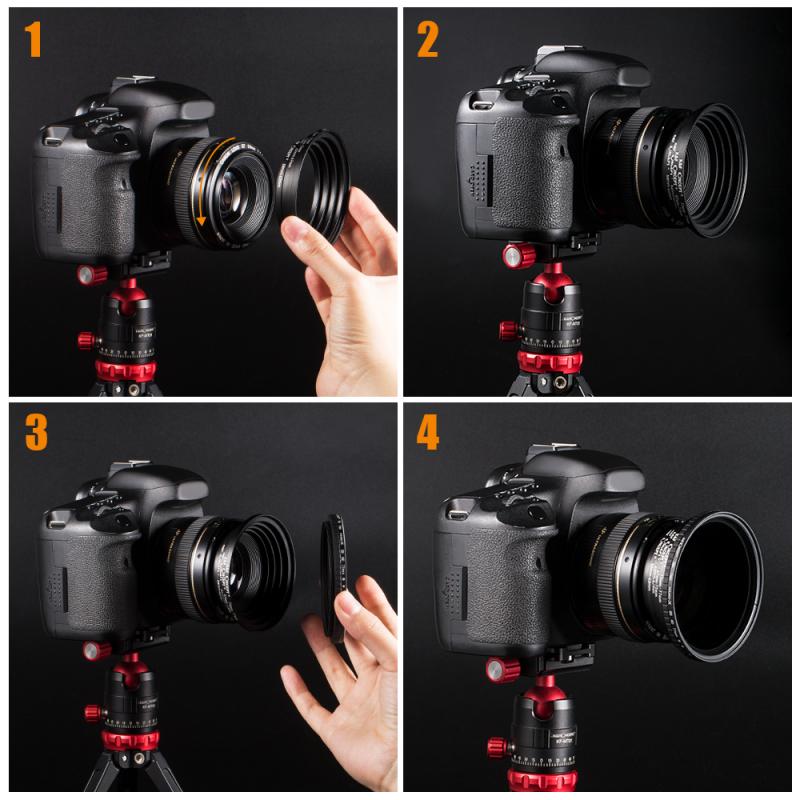
2、 Step-Up Ring Sizes and Compatibility Guide
Step-up rings are a useful tool for photographers and videographers who want to use filters or lens attachments with different thread sizes than their camera lens. These rings allow you to adapt a smaller filter or attachment to a larger lens thread size, expanding your creative possibilities without having to invest in multiple filters or attachments.
The way step-up rings work is quite simple. They consist of two different thread sizes, one on each end. The smaller thread size is screwed onto the camera lens, while the larger thread size allows you to attach the filter or lens attachment. By using a step-up ring, you can effectively bridge the gap between different thread sizes.
When choosing a step-up ring, it is important to consider the compatibility between your camera lens and the filter or attachment you want to use. Step-up rings come in various sizes, such as 49mm to 52mm, 52mm to 55mm, and so on. It is crucial to select a step-up ring that matches the filter or attachment thread size you want to use, and also fits your camera lens.
It is worth noting that step-up rings can also affect the field of view and vignetting. When using a step-up ring, the filter or attachment may extend beyond the lens barrel, potentially causing vignetting or blocking a portion of the image. To avoid this, it is recommended to use step-up rings that are not too thick and to test the setup before important shoots.
In conclusion, step-up rings are a practical solution for photographers and videographers who want to use filters or lens attachments with different thread sizes. By understanding the compatibility between your camera lens and the filter or attachment, and considering potential issues like vignetting, step-up rings can greatly expand your creative options.
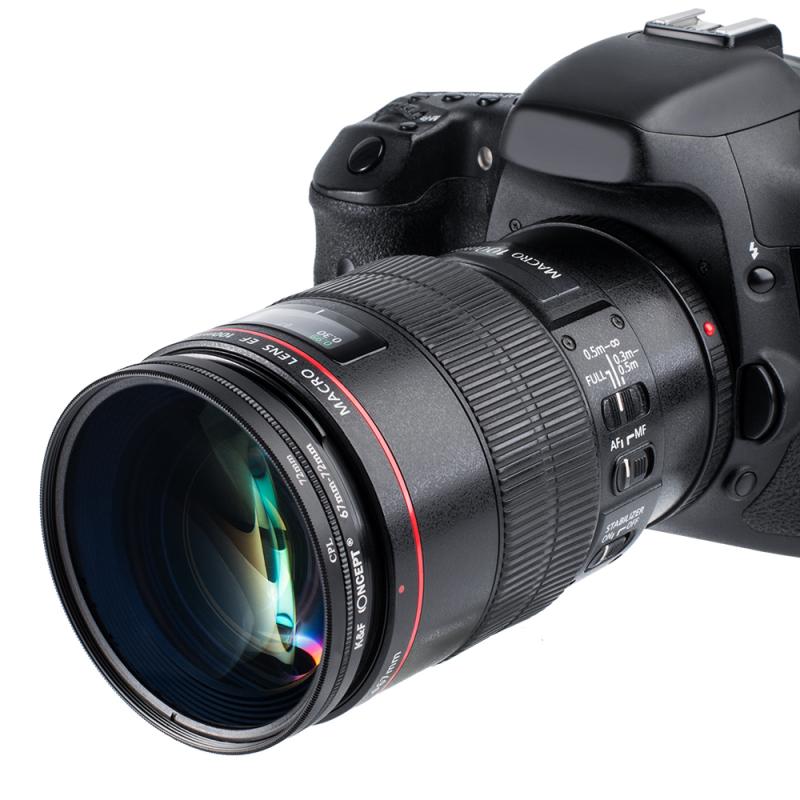
3、 Advantages and Disadvantages of Using Step-Up Rings
Advantages and Disadvantages of Using Step-Up Rings
Step-up rings are a useful tool for photographers and videographers who want to use filters or accessories with different thread sizes on their lenses. These rings allow you to attach a larger filter or accessory to a smaller lens thread, expanding the range of equipment you can use. However, it is important to consider both the advantages and disadvantages of using step-up rings before incorporating them into your photography gear.
Advantages:
1. Cost-effective: Step-up rings are relatively inexpensive compared to buying multiple filters or accessories in different sizes. Instead of purchasing duplicates, you can use a single filter or accessory with multiple lenses by using step-up rings.
2. Versatility: Step-up rings provide versatility by allowing you to use filters or accessories across different lenses. This flexibility is particularly beneficial for photographers who own lenses with varying thread sizes.
3. Reduced vignetting: When using a step-up ring, the larger filter or accessory is positioned further away from the lens, reducing the likelihood of vignetting. This ensures that your images maintain their full frame coverage.
Disadvantages:
1. Increased risk of cross-threading: Step-up rings require careful handling to avoid cross-threading, which can damage the threads on both the ring and the lens. It is crucial to align the threads properly and avoid applying excessive force when attaching or detaching the ring.
2. Bulkiness: Using step-up rings can add extra bulk to your setup, especially when stacking multiple rings. This can make your camera setup less compact and potentially affect the balance of your equipment.
3. Potential for light leaks: As step-up rings create a gap between the lens and the filter or accessory, there is a slight possibility of light leaks occurring. However, this can be mitigated by ensuring a secure attachment and using high-quality step-up rings.
In conclusion, step-up rings offer a cost-effective and versatile solution for using filters and accessories with different thread sizes. However, it is important to handle them with care to avoid cross-threading and be mindful of potential bulkiness and light leaks. With proper usage, step-up rings can be a valuable addition to your photography gear, expanding your creative possibilities without breaking the bank.
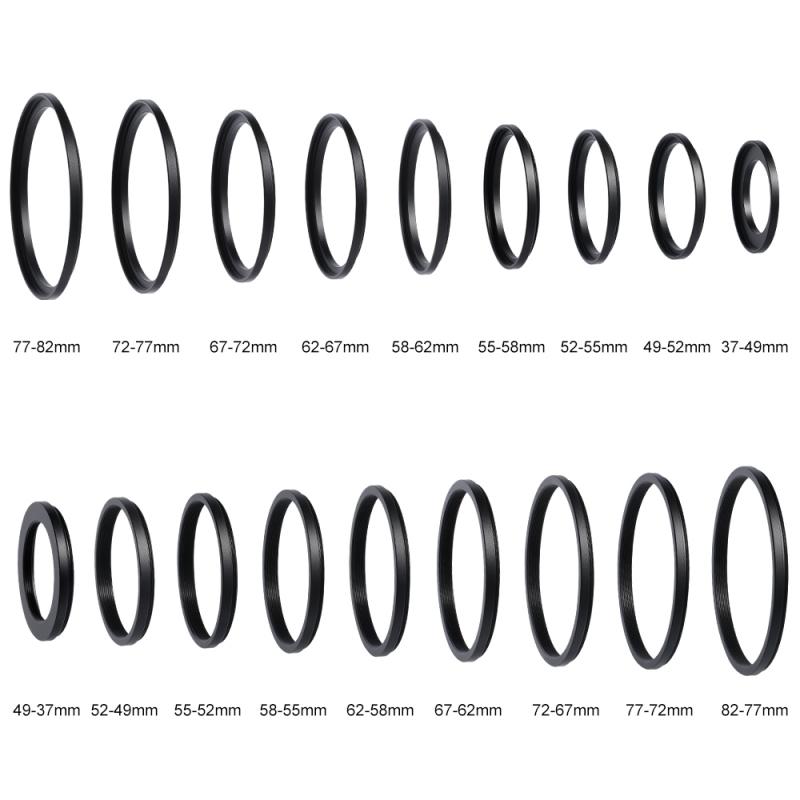
4、 Step-Up Rings vs. Step-Down Rings: Key Differences
Step-up rings and step-down rings are both useful accessories in photography that allow you to attach filters or lens attachments with different thread sizes to your camera lens.
Step-up rings work by allowing you to mount a filter or lens attachment with a larger thread size onto a lens with a smaller thread size. They have a male thread on one side that screws into the lens, and a female thread on the other side that accepts the larger filter or attachment. By using a step-up ring, you can expand the range of filters and attachments that can be used with your lens, without having to purchase multiple versions of the same filter in different thread sizes.
On the other hand, step-down rings work in the opposite way. They allow you to mount a filter or attachment with a smaller thread size onto a lens with a larger thread size. This can be useful if you have filters or attachments that you want to use on multiple lenses with different thread sizes.
When using step-up or step-down rings, it's important to consider the potential impact on image quality. Adding additional rings between the lens and the filter can introduce vignetting or reduce the amount of light reaching the sensor, especially if the rings are of poor quality or if there are too many stacked together. Therefore, it's recommended to use high-quality rings and keep the number of rings to a minimum to maintain optimal image quality.
In conclusion, step-up rings and step-down rings are valuable tools for expanding the compatibility of filters and lens attachments with different thread sizes. However, it's important to use them judiciously to ensure the best possible image quality.
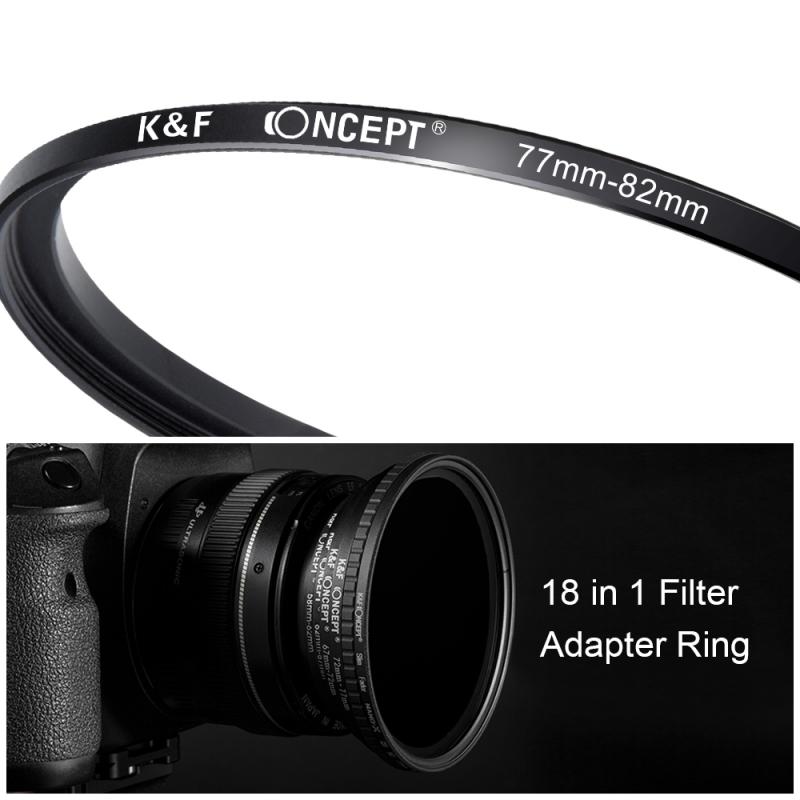










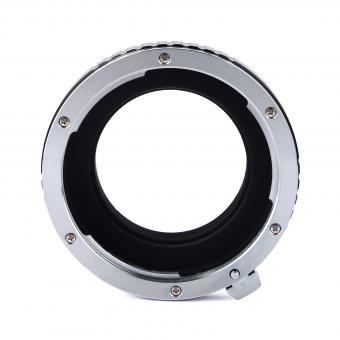
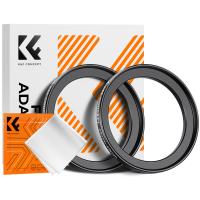

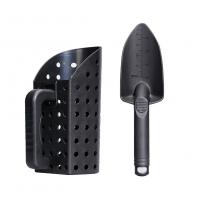
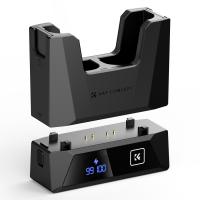
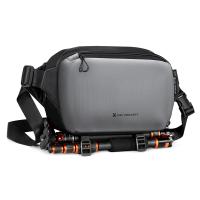
![4K Digital Camera for Photography & Video [Autofocus and Stabilisation] 48MP 16X Digital Zoom 3” 180° Flip Screen Vlog Camera with 32G SD Card, Flash Kentfaith 4K Digital Camera for Photography & Video [Autofocus and Stabilisation] 48MP 16X Digital Zoom 3” 180° Flip Screen Vlog Camera with 32G SD Card, Flash Kentfaith](https://img.kentfaith.de/cache/catalog/products/de/GW41.0065/GW41.0065-1-200x200.jpg)


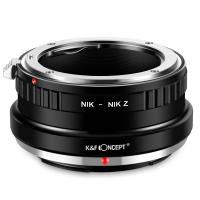

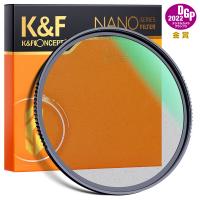

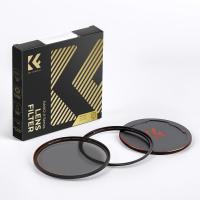
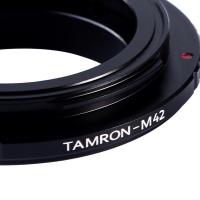

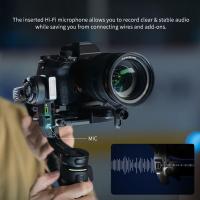

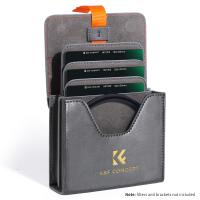
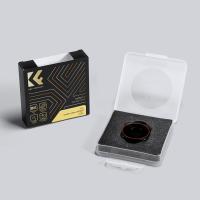
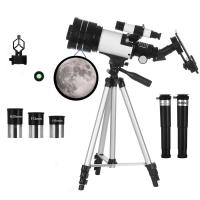
There are no comments for this blog.